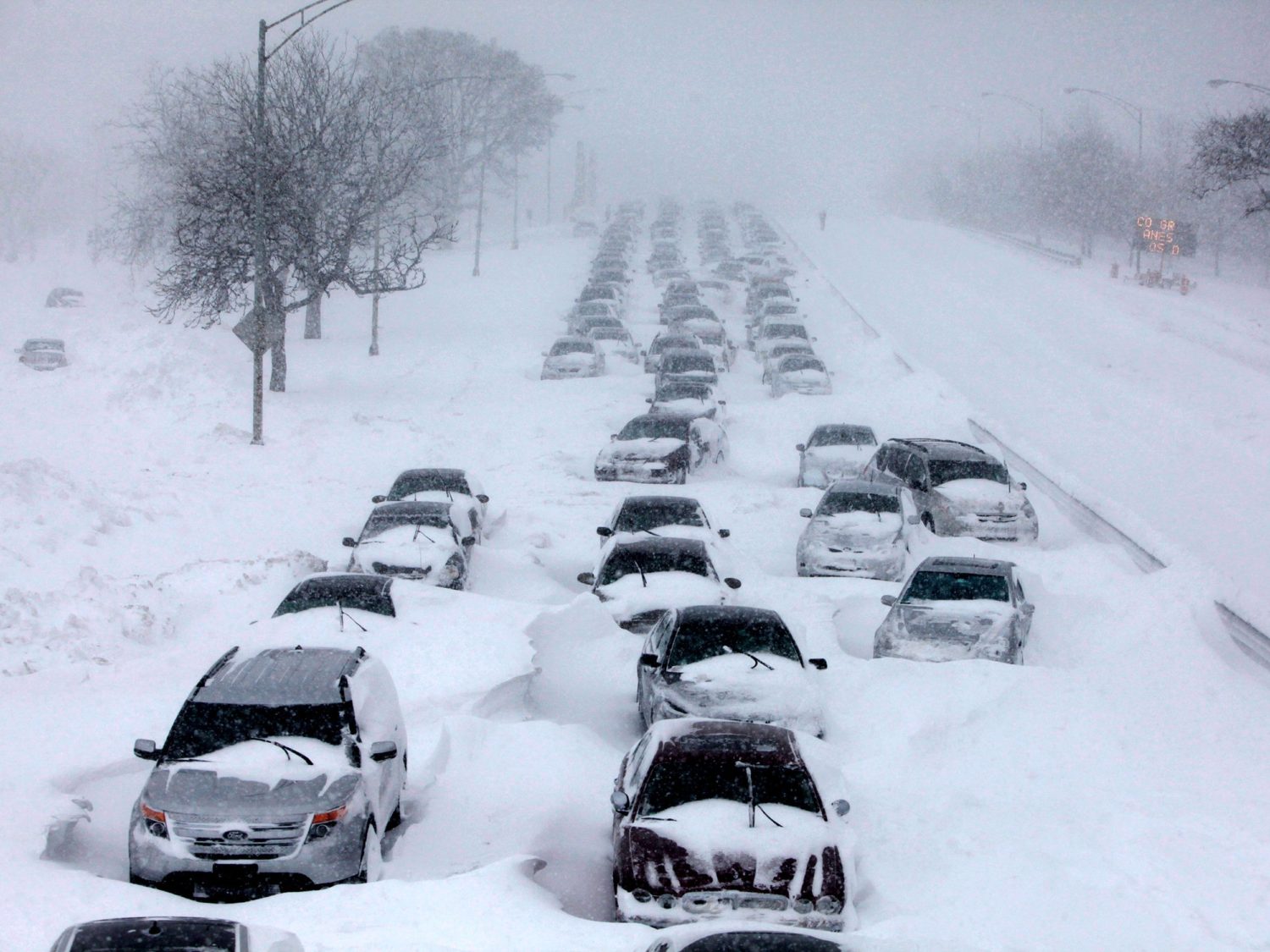
The term blizzard is often casually overused to describe a strong, raging snowstorm. But to officially earn the title of blizzard, three very specific criteria need to be met.
To qualify as a blizzard, a snowstorm must have:
- sustained winds or frequent gusts that are greater than or equal to 35 mph (56 kmh)
- visibility of 400 m (0.25 mile) or less
- must last for a prolonged period of time, typically three hours or more
In the United States, the National Weather Service defines a blizzard as:
…a severe snow storm characterized by strong winds causing blowing snow that results in low visibilities.
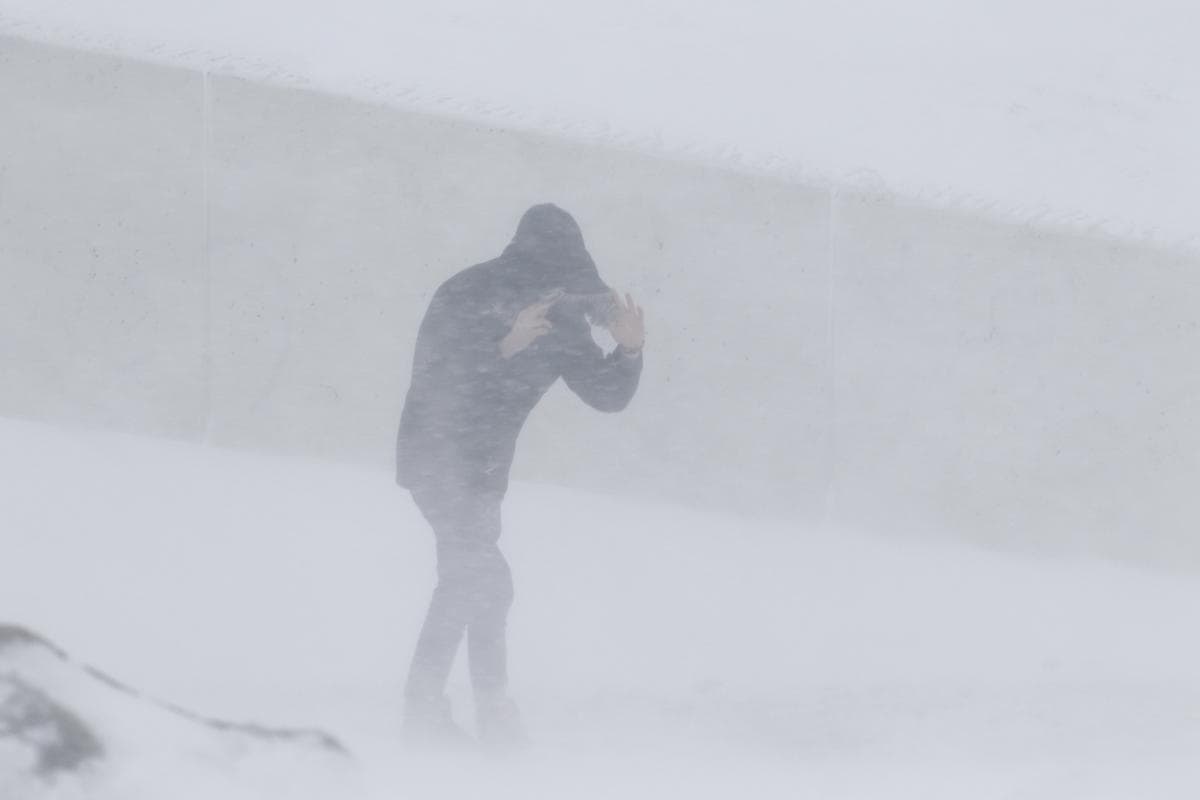
When all the blizzard conditions are expected, the NWS will issue a blizzard warning. When just two of the above conditions are expected, a winter storm warning or heavy snow warning may be issued. Criteria that do not have any bearing on whether it is a blizzard or not are amount of snow, temperature, and location.
In the 1870’s, an Iowa newspaper used the word “blizzard” to describe a snowstorm. Previously, the term blizzard referred to a cannon shot or a volley of musket fire. By the 1880’s, the use of the word blizzard was used by many across the United States and in England.
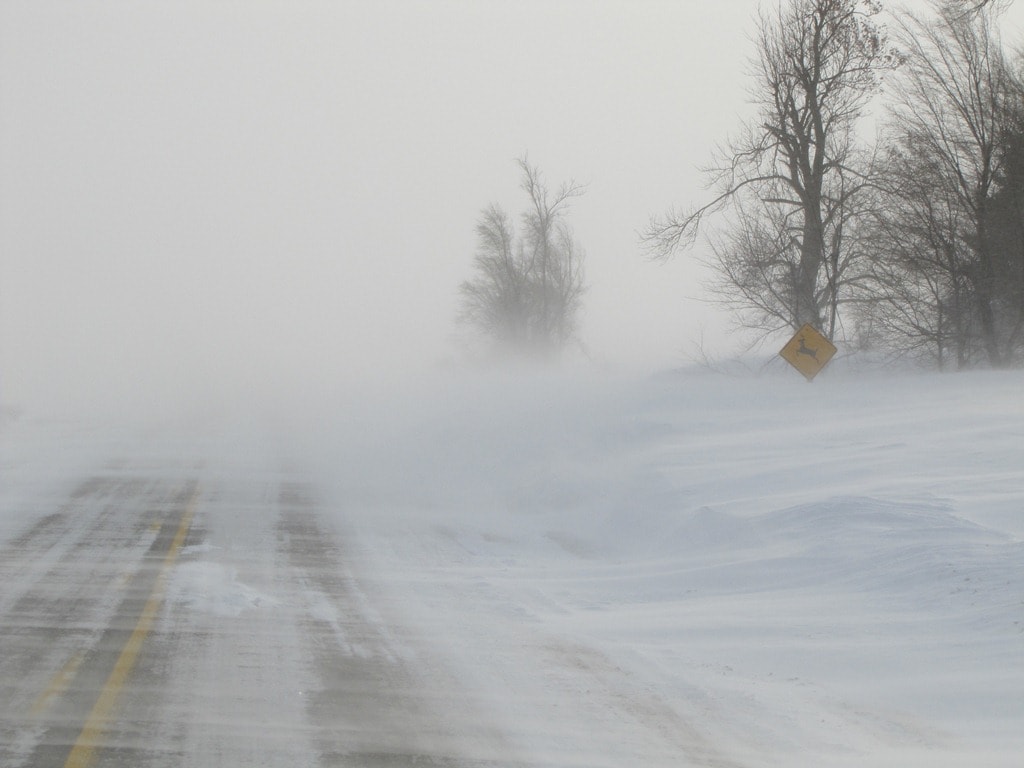
In the United States, storm systems powerful enough to cause blizzards usually form when the jet stream dips far to the south, allowing cold, dry polar air from the north to clash with warm, humid air moving up from the south. They are most common in the Great Plains, the Great Lakes states, and the northeastern states along the coast, and less common in the Pacific Northwest.
When cold, moist air from the Pacific Ocean moves eastward to the Rocky Mountains and the Great Plains, and warmer, moist air moves north from the Gulf of Mexico, all that is needed is a movement of cold polar air moving south to form potential blizzard conditions that may extend from the Texas Panhandle to the Great Lakes. Another storm system can occur when a cold core low over the Hudson Bay area in Canada is displaced southward over southeastern Canada, the Great Lakes, and New England. When the rapidly moving cold front collides with warmer air coming north from the Gulf of Mexico, strong surface winds, significant cold air advection, and extensive wintry precipitation occur.

Low pressure systems moving out of the Rocky Mountains onto the Great Plains can cause thunderstorms and rain to the south and heavy snows and strong winds to the north. With few trees or other obstructions to reduce wind and blowing, this part of the country is particularly vulnerable to blizzards with very low temperatures and whiteout conditions. In a true whiteout there is no visible horizon. People can become lost in their own front yards, when the door is only 3 m (10 ft) away, and they would have to feel their way back. Motorists have to stop their cars where they are, as the road is impossible to see.
A severe blizzard has winds over 45 mph (72 kmh), near zero visibility and temperatures of 10°F (−12°C) or lower. Blizzard conditions of cold temperatures and strong winds can cause wind chill values that can result in hypothermia or frostbite. The wind chill factor is the amount of cooling the human body feels due to the combination of wind and temperature.
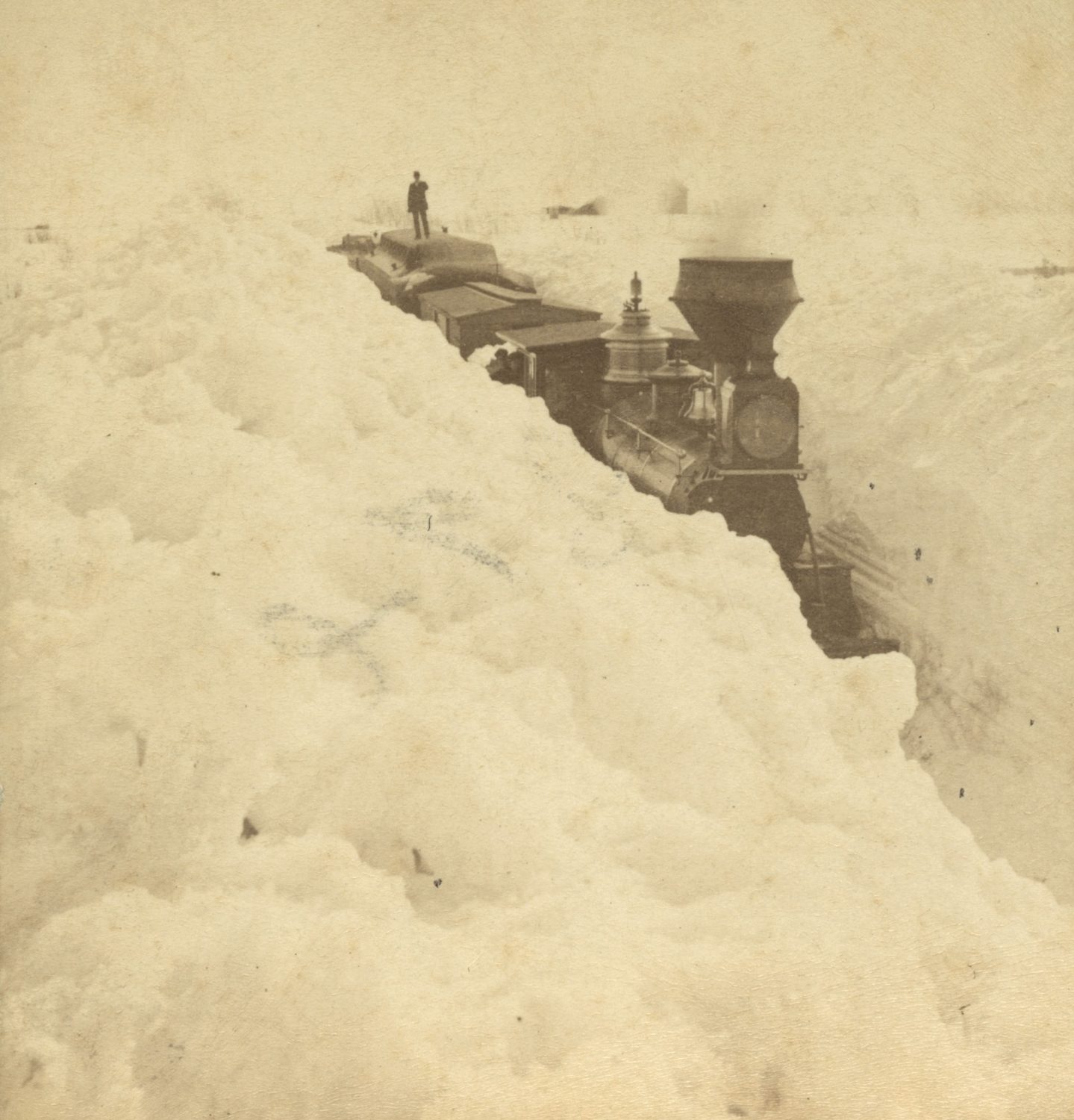
The winter of 1880–1881 is widely considered to be the most severe winter ever known in the United States. The snow arrived in October 1880 and blizzards continued throughout the winter and into March 1881, leaving many areas snowbound throughout the entire winter. Accurate details in the children’s book The Long Winter by Laura Ingalls Wilder include the blizzards’ frequency and the deep cold, the Chicago and North Western Railway stopping trains until the spring thaw because the snow made the tracks impassable, the near-starvation of the townspeople, and the courage of her future husband Almanzo and another man, who ventured out on the open prairie in search of a cache of wheat that no one was even sure existed.
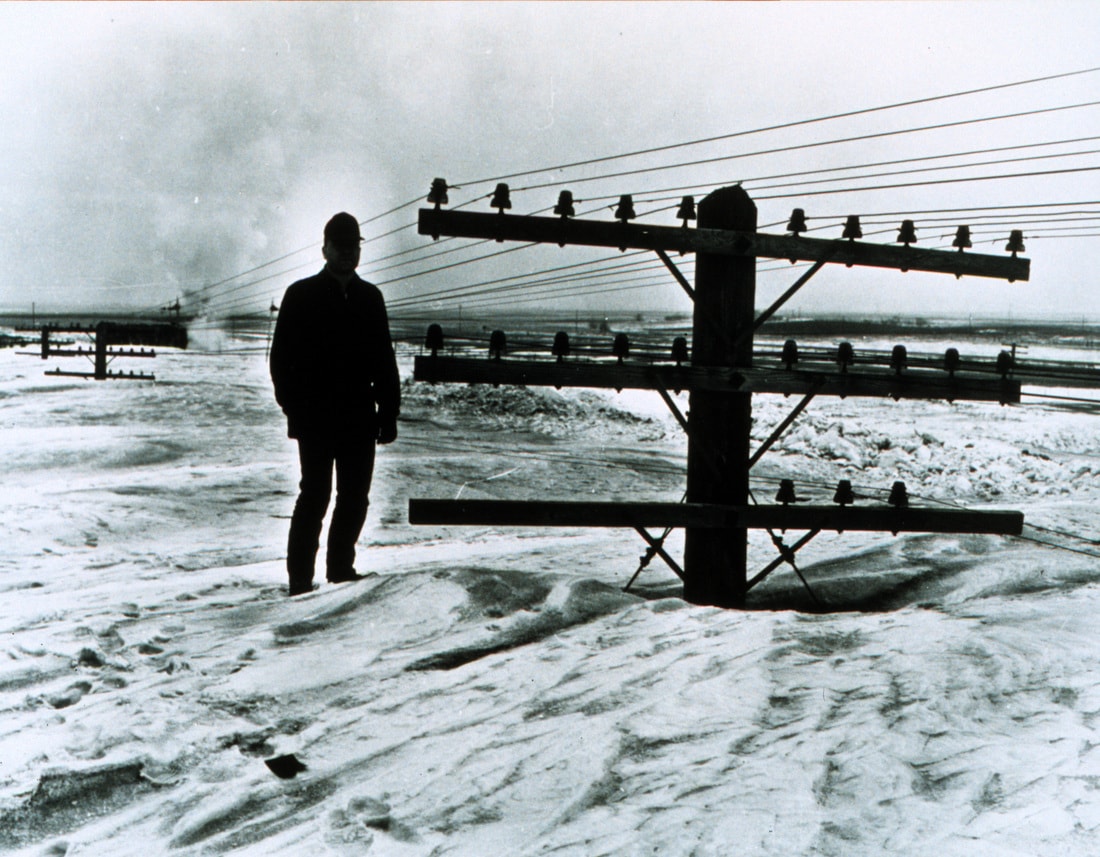
The 1972 Iran Blizzard, which caused 4,000 reported deaths, was the deadliest blizzard in recorded history. Dropping as much as 26 feet (7.9 m) of snow, it completely covered 200 villages. After a snowfall lasting nearly a week, an area the size of Wisconsin was entirely buried in snow.
hhhhhhhhhhhhhhhhhhhhhhhhhhaaaaaaaaaaaaaaaaaaaaaaaaaaaaaaaaaaaa!!!!!!!!!!!!!!!!!!!!!!!!!!!!!!!!!!!!!!!!!!!!!!!!!!!
eeeeeeeeeeeeeeeeeeeeeeeeeeeeeeeeeeeeeeeeeeeeeeee
I would define a blizzard as any time wankers from The Bay head for the Sierras wearing hoodies and flip flops, putting their chains on the rear tires of their front wheel drive Honda’s. Heka fun to watch on the news
right tho